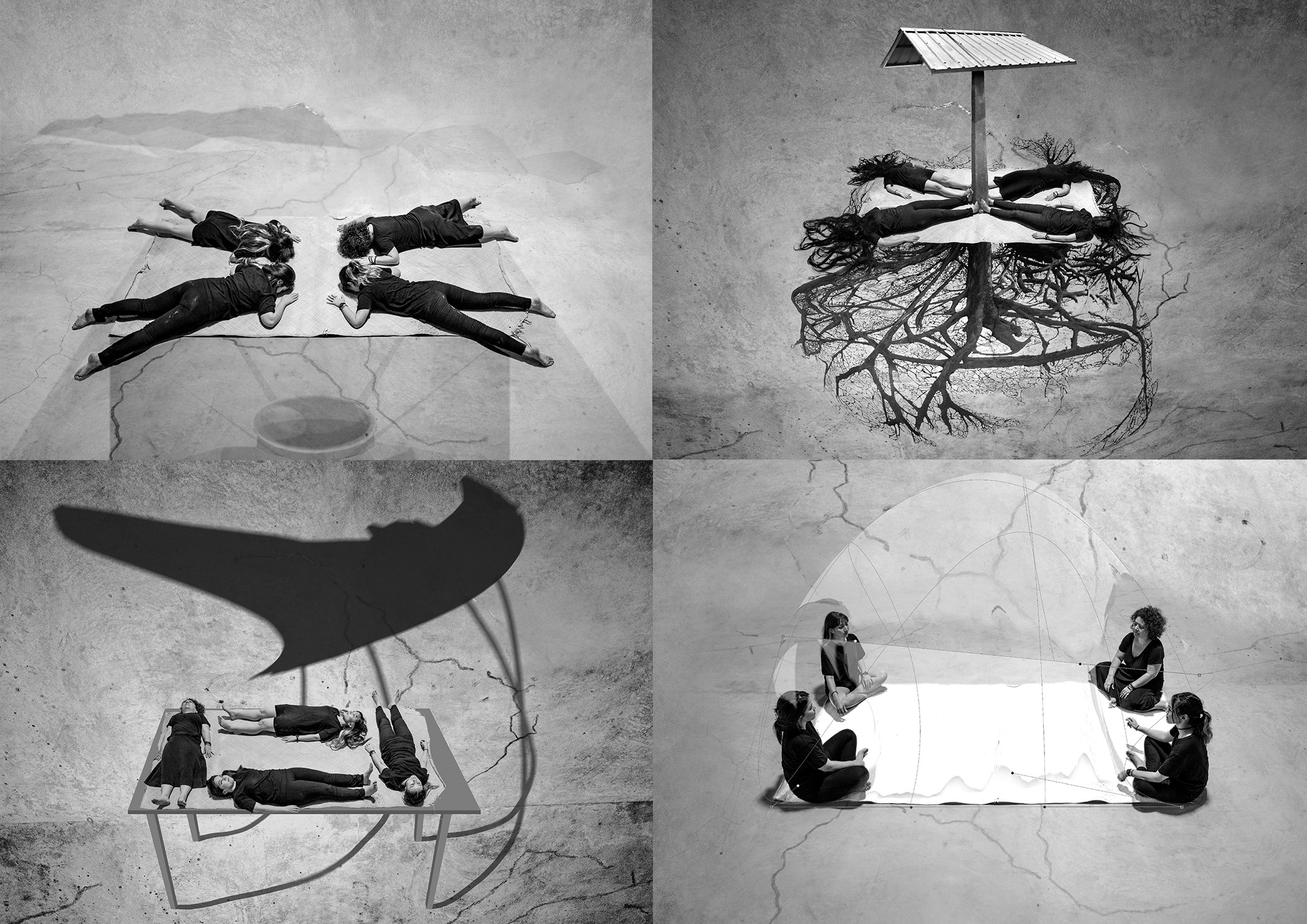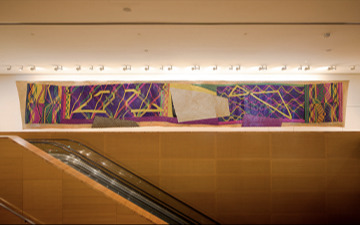
About
The tikar, as Yee I-Lann will tell us, and anyone who has grown up in Southeast Asia will know, is used for many things – for sleeping, eating, drying fish or rice; for community meetings and celebrations; for prayers, rituals.
Different communities have different names for the woven mat. And although less and less common to modern life in cities, many communities in Sabah, Borneo, Southeast Asia and indeed the wider world, maintain particular traditions of mat-weaving and specific motifs, so that mats also carry different histories and meanings. They are almost always woven by women.
For Yee I-Lann, who has been making and exhibiting her art in the global contemporary art world for over two decades, the journey with tikar began as a means of finding community as she relocated her practice from Kuala Lumpur to Kota Kinabalu around 2016/2017.
As an artist, activist and thinker, her practice has consistently spoken to urgencies in the contemporary world. In her work with photomedia, she has been a stitcher of images, a weaver of stories, pulling together personal experience and popular aesthetics, local and Southeast Asian cultures and histories, into an imaginary, critical space. As she makes a significant turn in her art practice, the tikar comes to represent a “space where things get activated”.
On the tikar, everyone is invited, everyone sits on the same level, and anything can happen. The tikar is domestic, it is local, it is feminist, democratic, egalitarian. It is a way of thinking, and rethinking, about how we use and share space – the space of community (politics), the space of storytelling, the space of cultural production and economics (art-making).
Delving into this concept, I-Lann embarked in early 2018 on working with weavers from Keningau associated with Pusat Kraftangan Sabah, and from Pulau Omadal, Semporna, to make tikar as collaborative contemporary artworks.
For Julitah Kulinting, head teacher of bamboo pus weaving at Pusat Kraftangan Sabah, and her team, the tikar collaboration has created an important opportunity for experimenting and innovating in an industry sustained by mass production primarily for the tourist industry, mostly of baskets and sirung hats. Today, most mats made by inland people like the DusunMurut are made for practical purposes, with plain mats used for rituals.
For the stateless Bajau Sama DiLaut women weavers off Pulau Omadal, weaving tepo first and foremost puts rice on the table. The heritage tepo they weave for special occasions such as wedding dowries, had previously all but disappeared. An alternative economy has been created through this collaborative art project, and through the sale of mats of their own designs made possible by this collaboration. With income from their craft, the community depends less on fishing to survive, and they can stay home with their children. For lead collaborator Roziah Jalalid, marine conservationist, documentary filmmaker, and Chairperson of WAPO (Persatuan Wanita Pulau Omadal) from the Malaysian Bajau Laut or self-identified Bajau Tempatan (“local Bajau”) community on Pulau Omadal, the revival of tepo weaving has also meant less damage to a vital and increasingly threatened marine environment that is part of the Coral Triangle.
As the collaboration between I-Lann and these weaver communities developed and expanded, with mats commissioned for institutions and exhibitions around the Asia Pacific, it came time to bring together a body of works as an exhibition, starting on home ground. The inaugural presentation of Borneo Heart in Kota Kinabalu includes a 60-mat installation, giant mats, a woven sculpture, works in photomedia and video involving dancers, photographers, videographers and friends, a stall selling the weavers’ mats and special cenderamata (souvenirs), and, pandemic allowing, a planned curated weekend tamu (market) by KeTAMU.
Borneo Heart is an exhibition about sharing the mat, the tikar (Malay), or apin (Murut), or tepo (Bajau Sama DiLaut): “When you come to a meeting or a celebration on a tikar and there is no room left on the mat, your host will hurry to lay down another mat to make space.” (Yee I-Lann)
In this way, the body of work presented in Borneo Heart has grown to encompass different practices, communities and individuals, and the exhibition itself has enveloped supporting institutions and independent teams and professionals. Borneo Heart then becomes a platform for sharing and exchange, reflecting the function of diversity of the traditional tamu, where peoples of the hills, plains, river and sea communities of Sabah meet to trade resources, knowledge, skills and stories.
In this exhibition we find stories of home, love, language, power and community.
Yee I-Lann (b. 1971, Kota Kinabalu) currently lives and works in Kota Kinabalu in the Malaysian Borneo state of Sabah. Her primarily photomedia-based practice engages with archipelagic Southeast Asia’s turbulent history with works addressing issues of colonialism and neo-colonialism, power, and the impact of historic memory in social experience, often with particular focus on counter-narrative “histories from below”. She employs a complex, multi-layered visual vocabulary drawn from historical references, popular culture, archives, and everyday objects. She has in recent years started working collaboratively with sea-based and land-based communities and indigenous mediums in Sabah. She is a co-founding associate of The Ricecooker Archives: Southeast Asian Rock ‘n’ Roll Treasury with her partner Joe Kidd and has worked as a production designer in the Malaysian film industry. She is currently a Board member for Forever Sabah and Tamparuli Living Arts Center (TaLAC), both based in Sabah.
Works
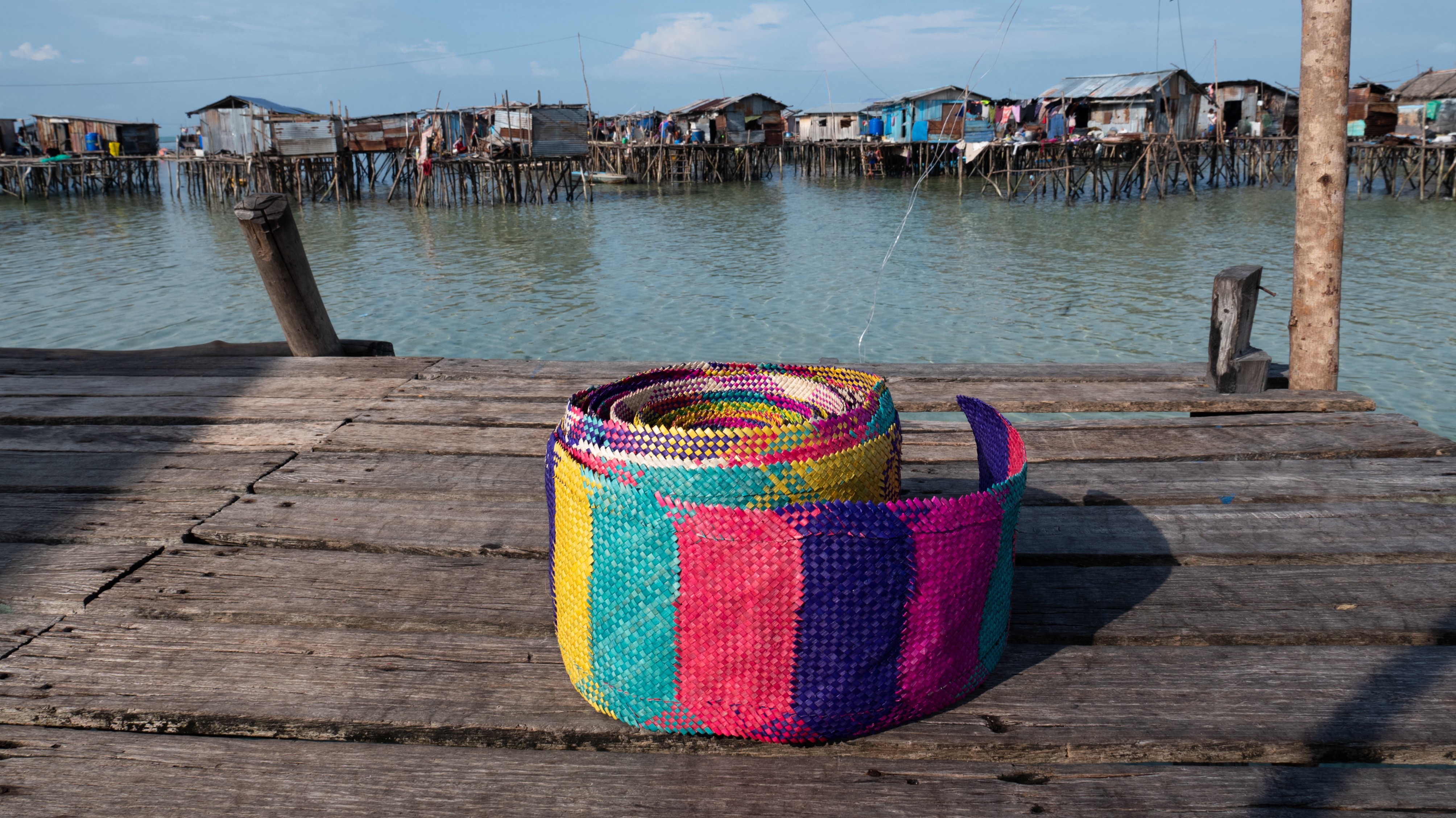
2 of 3
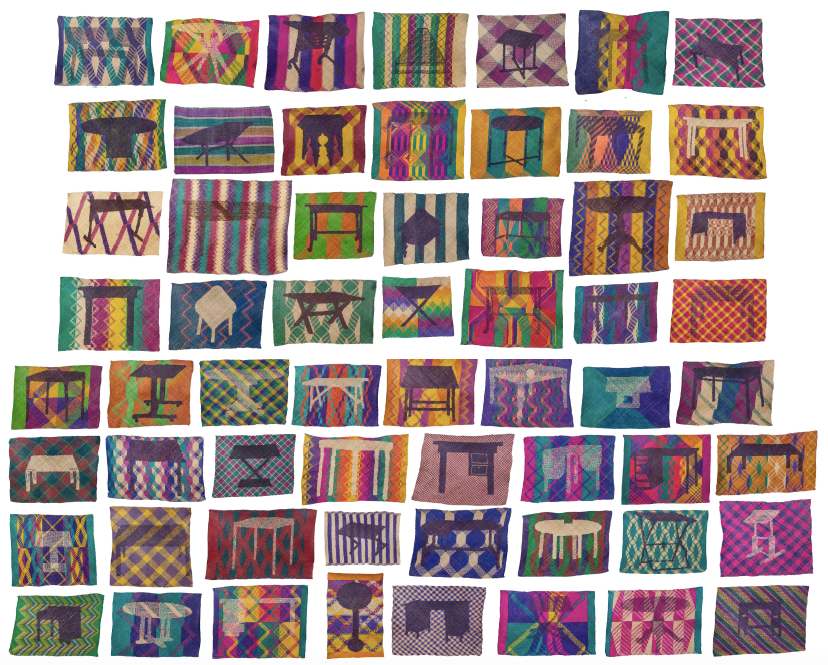
with weaving by Kak Sanah, Kak Kinnohung, Kak Budi, Kak Kuoh, Kak Turuh, Makcik Lokkop, Abang Barahim, Abang Tularan, Adik Darwisa, Adik Alisya, Kak Daiyan, Adik Dayang, Adik Tasya, Adik Dela, Adik Enidah, Adik Norsaida, Makcik Bobog, Kak Roziah, Abang Latip
Price available upon request
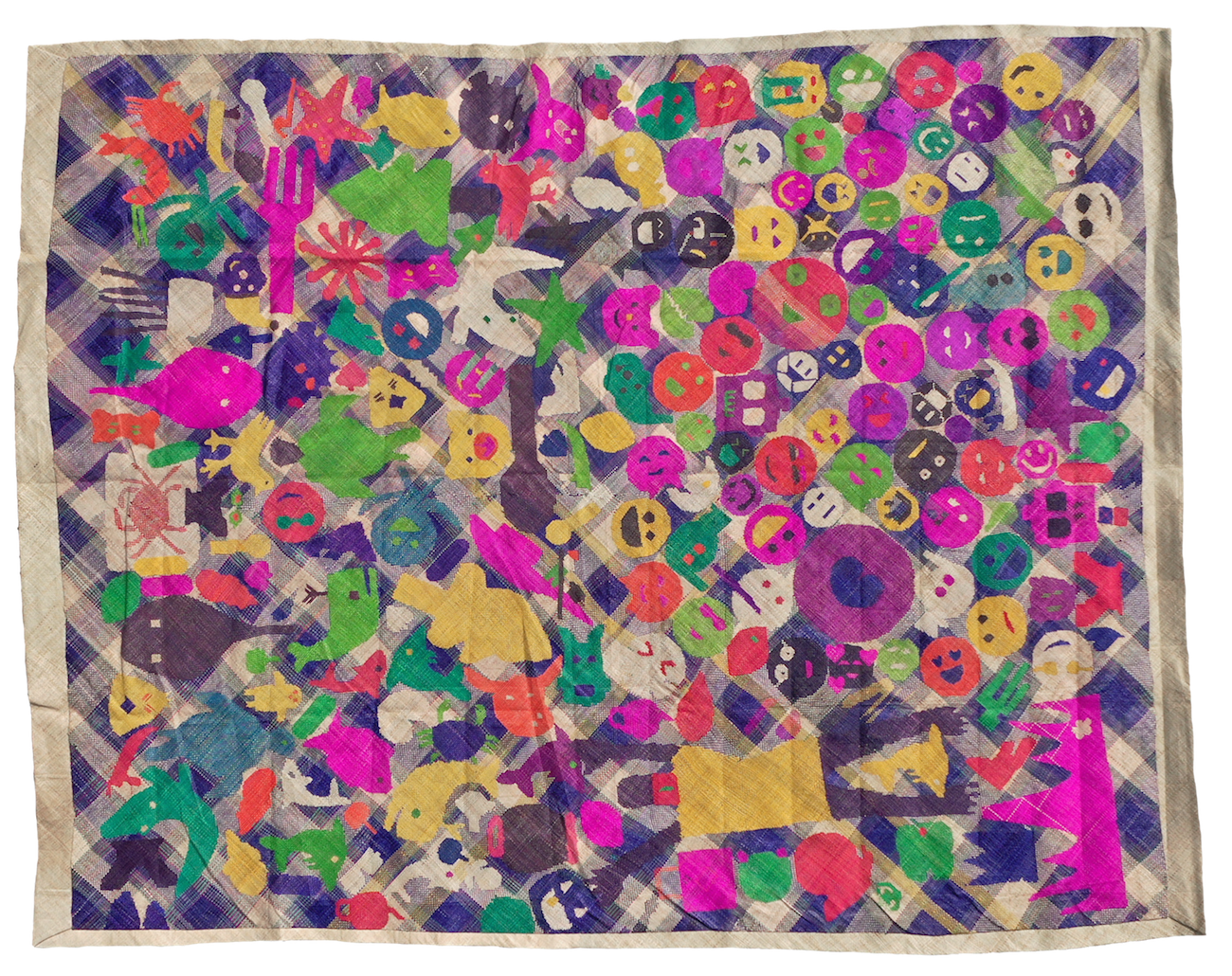
with weaving by Kak Kinnuhong, Kak Sanah, Kak Budi, Kak Roziah, Kak Goltiam, Kak Kuluk, Macik Rerah, Macik Appay, Adik Darwisa, Adik Alisya, Adik Enidah, Adik Dela, Adik Erna, Adik Norsaida, Adik Asima, Adik Aline, Adik Dayang, Adik Tasya, Kak Solbi, Kak Anjung
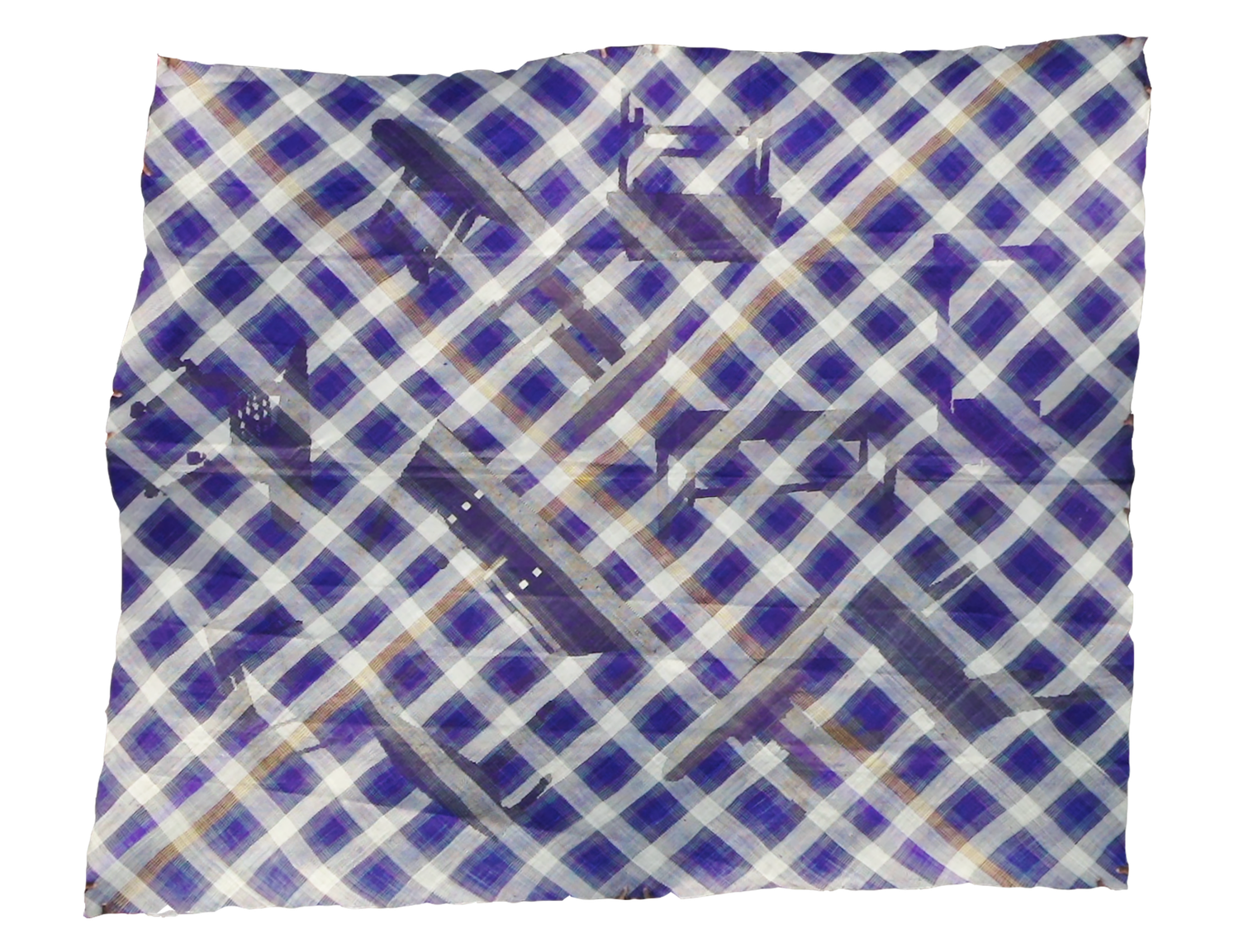
with weaving by Kak Sanah, Kak Kinnuhong, Kak Budi, Kak Roziah, Adik Darwisa, Adik Enidah, Adik Dela, Adik Asima, Adik Dayang, Adik Tasya, Adik Alisya, Adik Erna
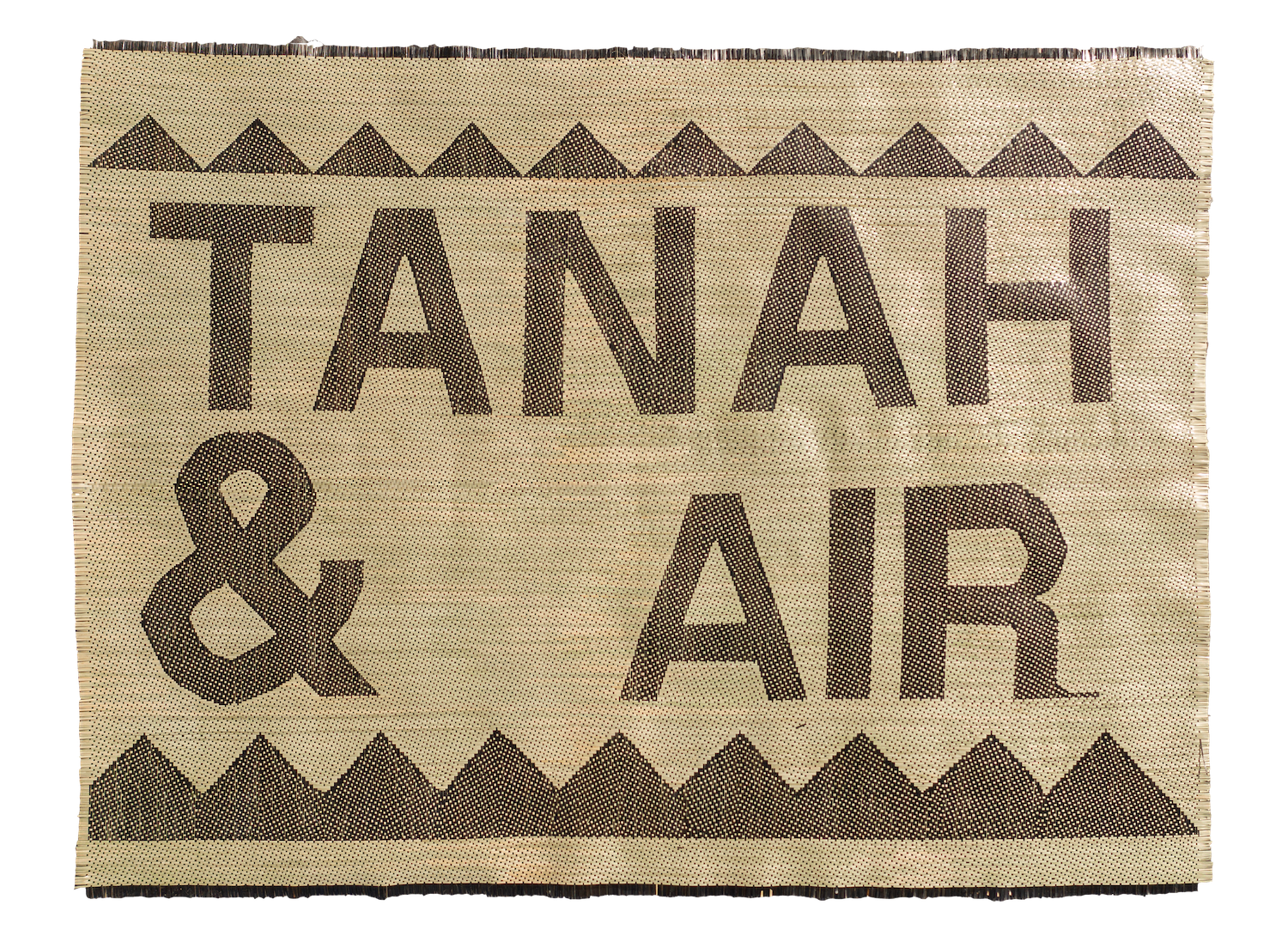
with weaving by S. Narty Raitom, Julia Ginasius, Julitah Kulinting
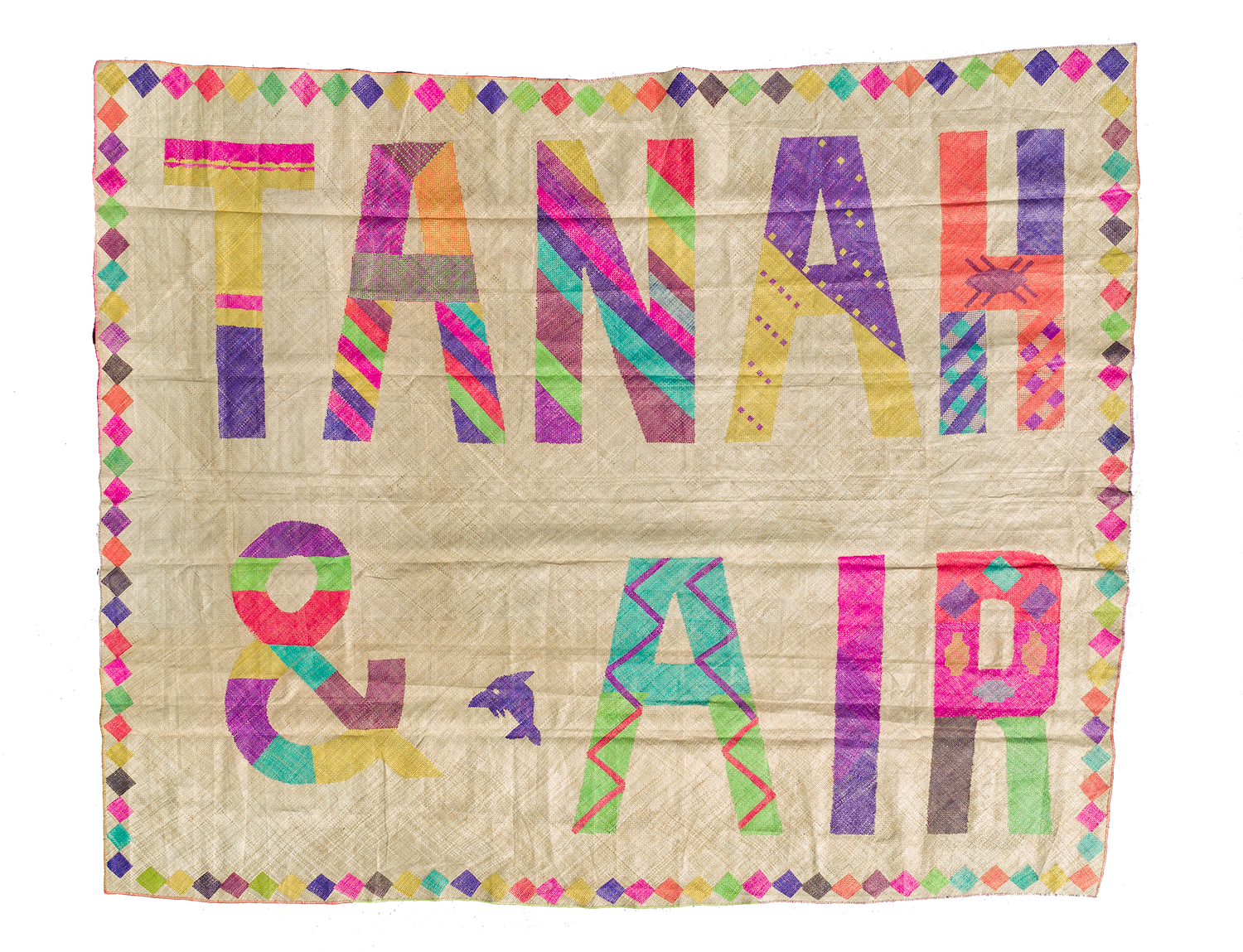
with weaving by Kak Sanah, Kak Budi, Kak Roziah, Adik Koddil, Adik Darwisa, Adik Alisya, Adik Dela, Adik Enidah, Adik Asima, Adik Norsaida, Adik Erna, Adik Dayang, Adik Tasya
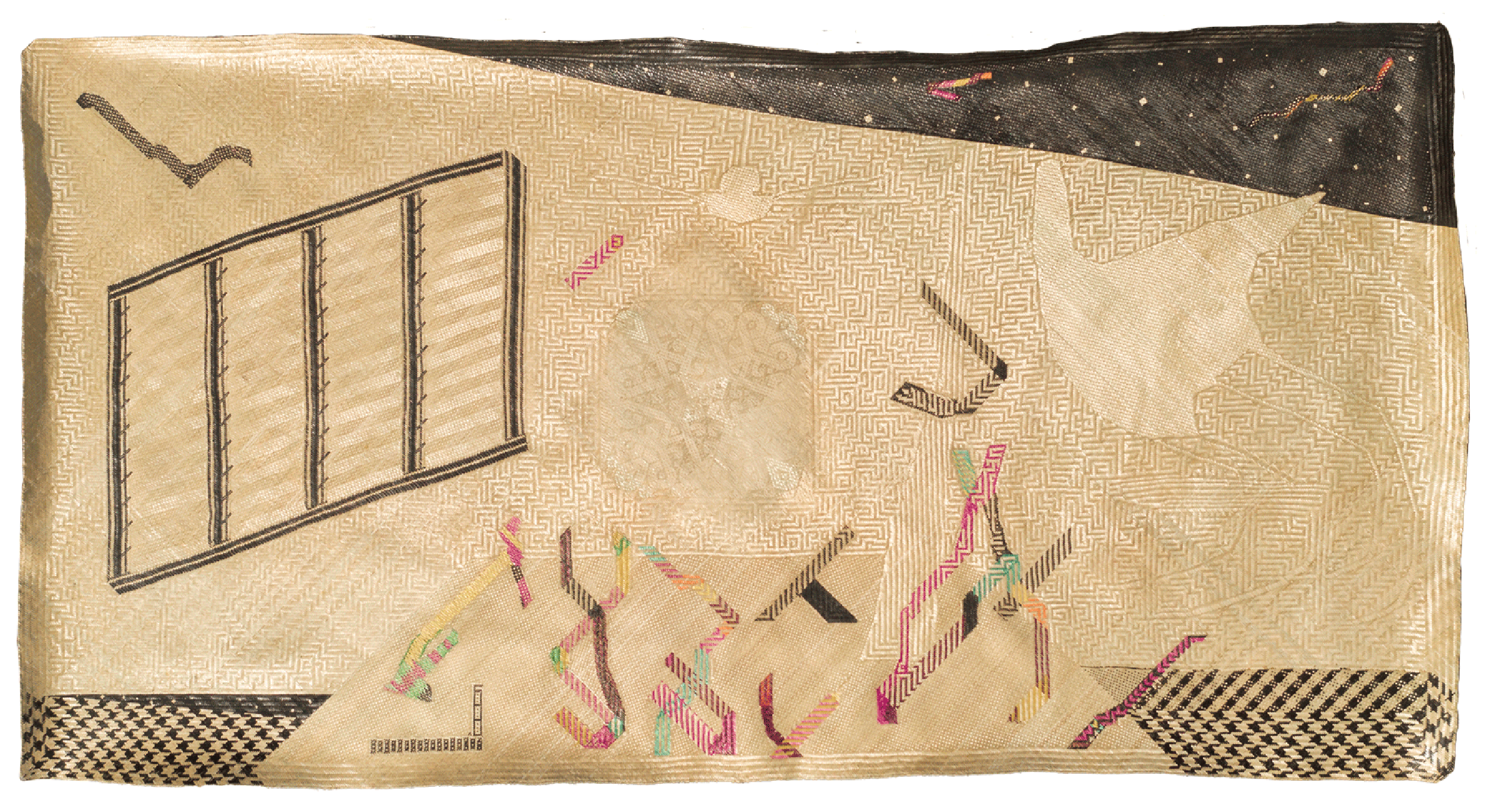
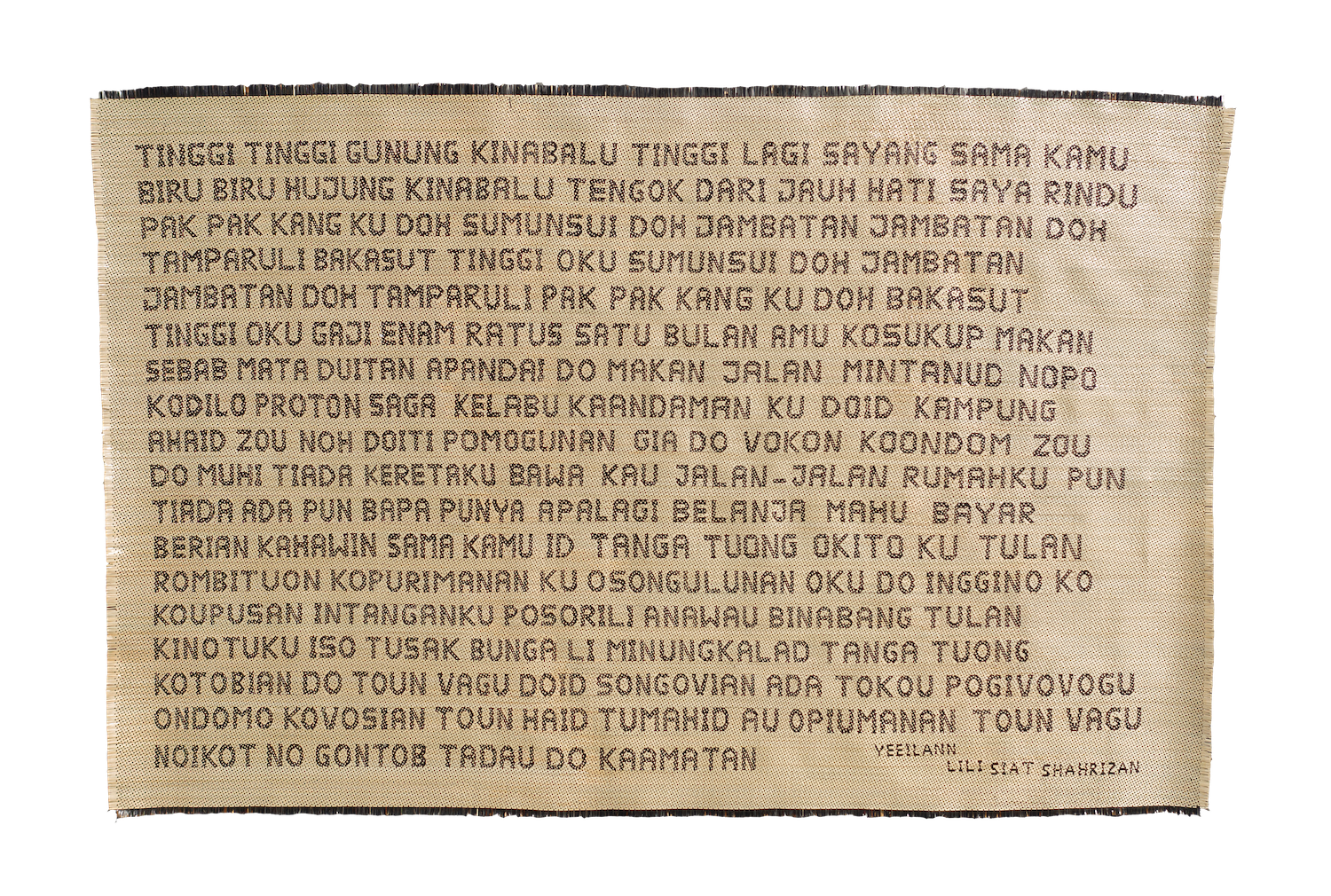
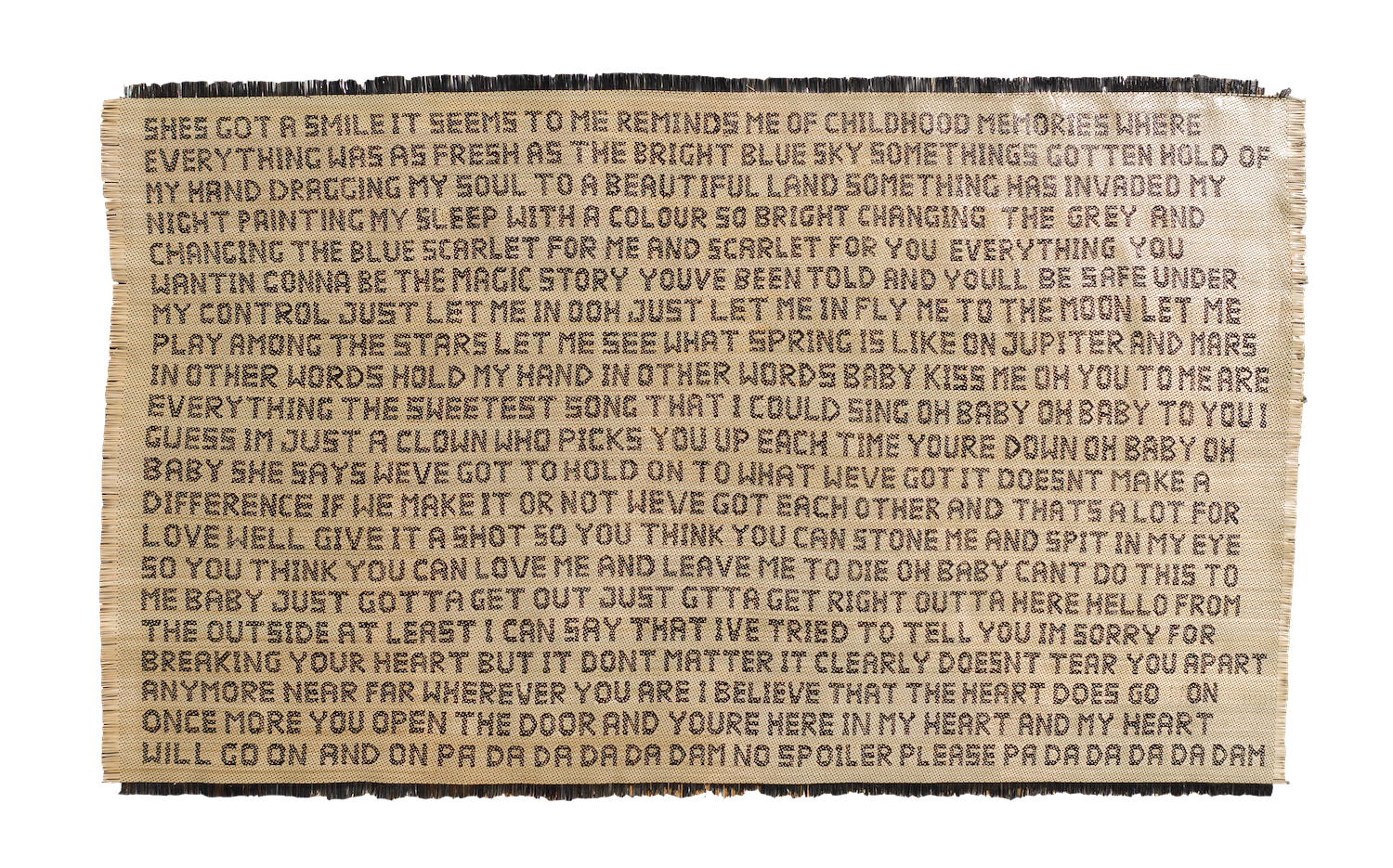
with weaving assistance by Lili Naming, Siat Yanau, Mohamad Shahrizan Bin Juin, Juraen Bin Sapirin and S. Narty Binti Raitom
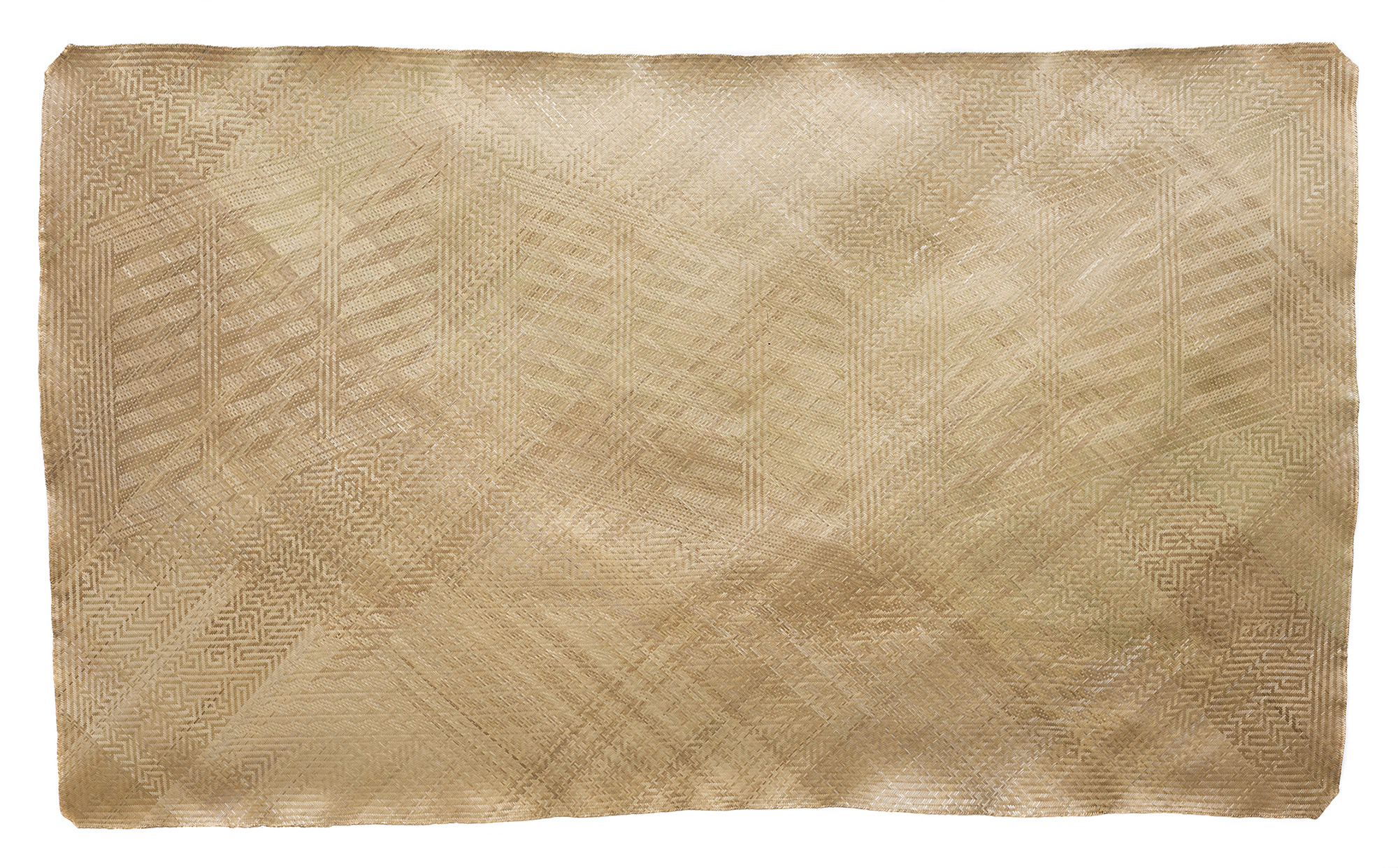
with weaving assistance by Julitah Kulinting, S. Narty Binti Raitom and Julia Binti Ginasius

Prints & Multiples
Edition 3 of 3 (only available as part of the full set)






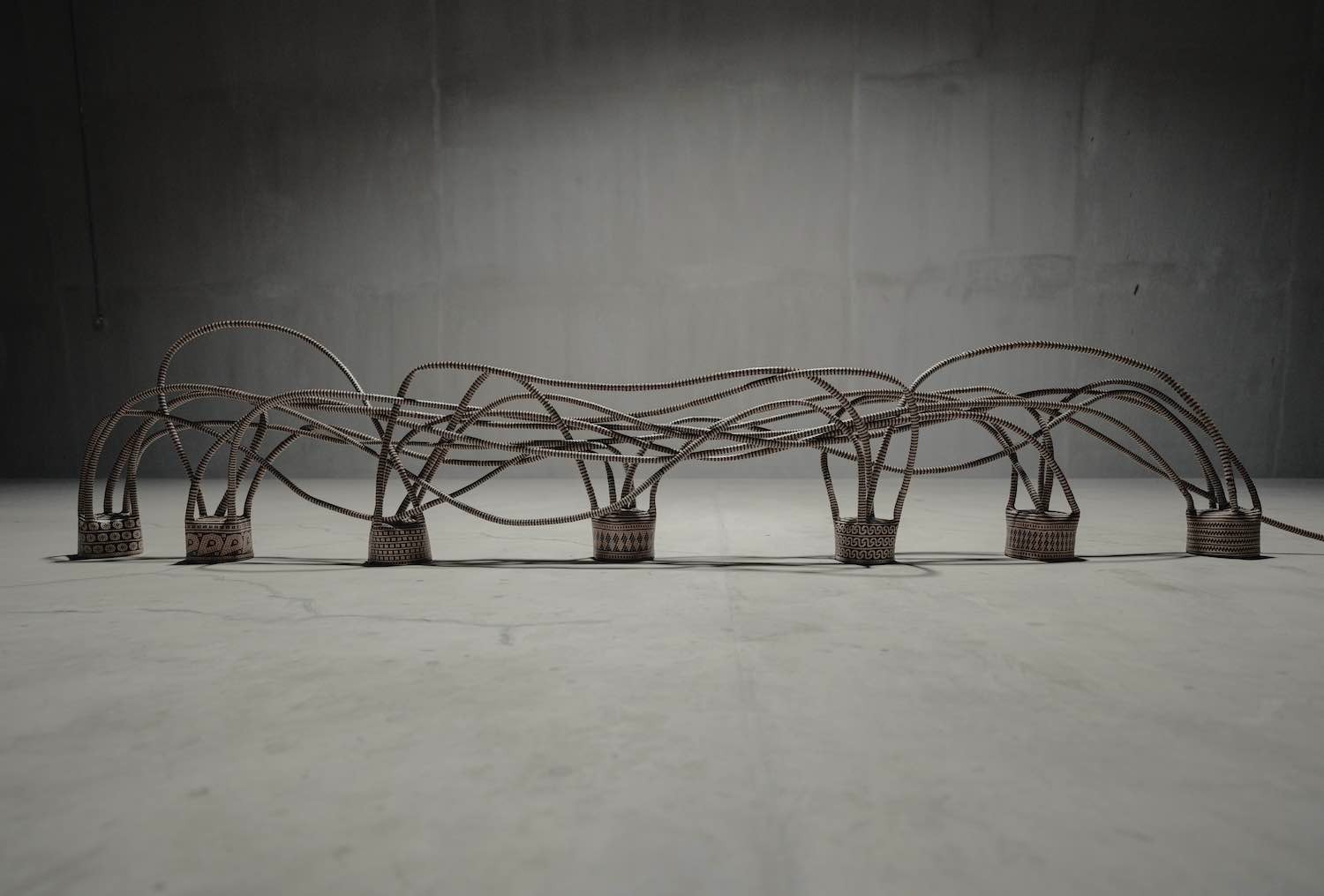
with weaving by Lili Naming, Siat Yanau, Shahrizan Bin Juin
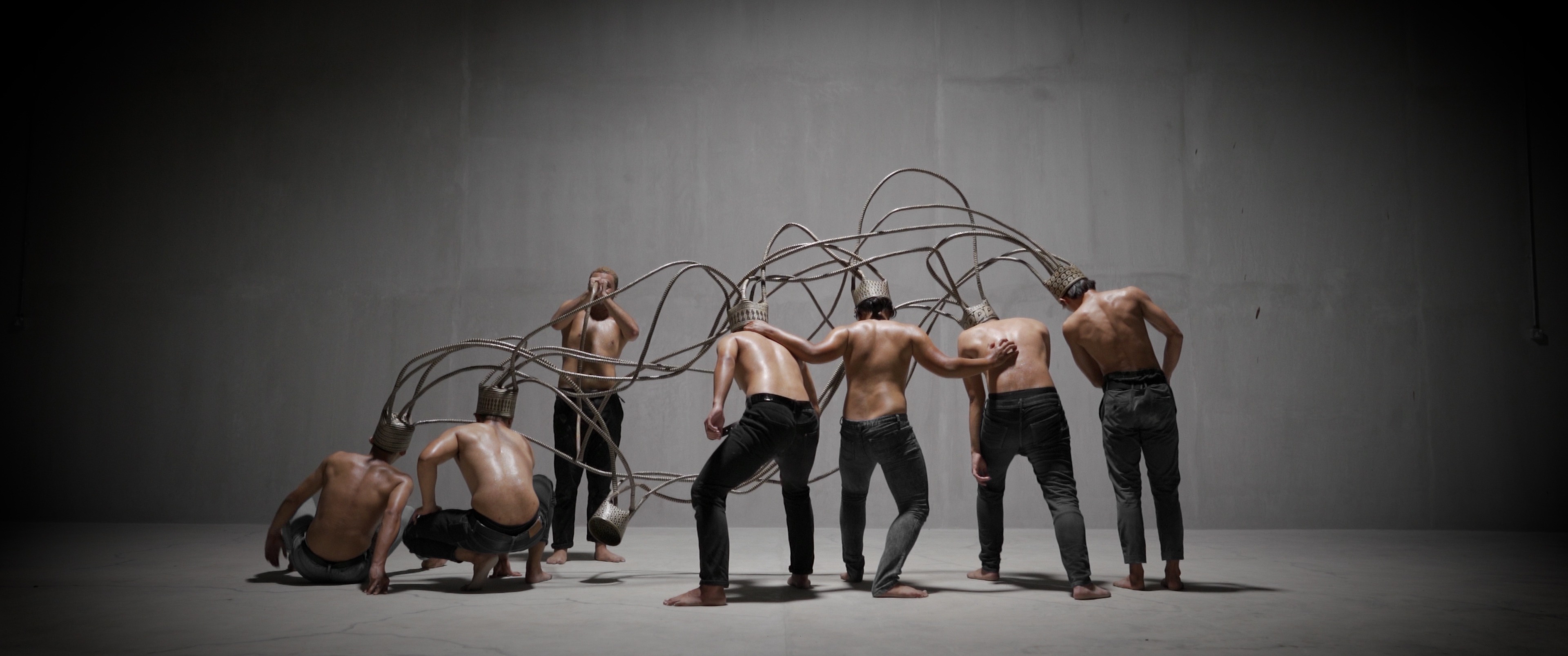
with weaving by Lili Naming, Siat Yanau, Shahrizan Bin Juin. Choreography by Mohd Azizan Danial Bin Abdullah; Dancers Jay Adner James, Carey Didier Chin, Mohd Hairul Azman Peter, Addam Jesley, Shahhijjaz Khan, Mohd Nazri Adam, Earl Steiner (Tagaps Dance Theatre). Cinematography by Al Hanafi Juhar; Lighting by Candy Yik (Huntwo Studios). Location: The Factory @ Inanam
